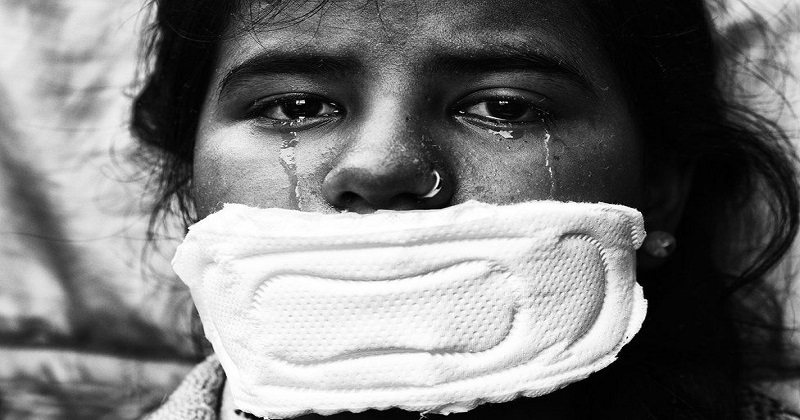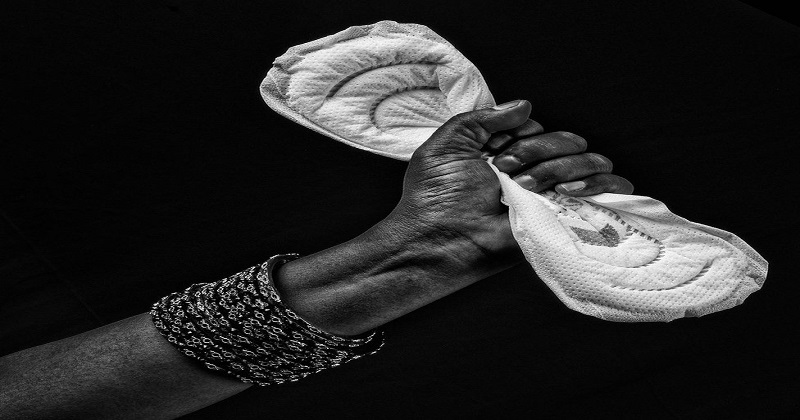
Women’s life has been negatively impacted by the covid-19 pandemic and the lockdown. After the announcement of the first phase of the lockdown on March 24, 2020, people rushed to the market in India. Shopping for groceries and household items wasn’t enough for women. Menstruation was another challenge.
A ‘sanitary pad crisis’ has been described as a result of the Coronavirus pandemic in India. The supply of pads is a critical part of the supply chain in certain parts of India, with schools providing monthly packs to girls. Fewer than 15% of girls had access to sanitary pads during the lockdown due to their closure and other supply chain issues. India is not the only country experiencing these issues. There have also been severe supply shortages and price hikes for disposable menstrual products in Fiji, the US, the UK and other parts of the world.
Yet, in India, where I have spent much of the last few years researching how women manage their periods, shortages are particularly severe. After India’s sudden and complete lockdown on March 24, things escalated quickly. The monthly supply of pads that adolescent girls received from their schools was stopped immediately. For seven days, sanitary pads were also halted, causing stockouts at several locations.
To manage their periods, most women in India use disposable pads or traditional cloth. During the past decade, the government has been convincing women that disposable pads are the only hygienic way to manage menstruation. Traditionally, women wore traditional cloth, which was difficult to maintain hygienically. However, there has been little effort to make people aware of other, cheaper, more sustainable alternatives, such as menstrual cups and reusable pads. The importance of good menstrual hygiene goes far beyond access to sanitary products. Water, toilets, and a gender-equitable society are also important, and current practices are not sustainable.

Menstrual history
How did disposable pads become so popular in India? The disposable sanitary pad and tampon have been around for less than 100 years but seem indispensable today. Women simply bled into their clothes until the turn of the 20th century. They also shaped scraps of cloth or other absorbents like bark or hay into pads or tampons.
Commercial disposable pads first appeared in 1921, when Kotex developed cellucotton, a super-absorbent material that was used during the first world war for bandaging. Nurses began to use them as sanitary pads, while some women turned to them as tampons. Thus began the era of disposable menstrual products. Since more women entered the workforce, disposable items became more popular in the US and UK. By the end of World War II, this change in habit had become established.
Campaigns exploited the idea that disposables freed women from ‘oppressive old ways’, making them ‘modern and efficient’. It was profitable, of course. Disposables locked women into a cycle of monthly purchases that lasted several decades. Flexible plastics, developed in the 1960s and 1970s, were soon used to improve the design of disposable sanitary pads and tampons, making them leak-proof and more user-friendly. As these products became better at hiding menstrual blood and women’s shame, their appeal and ubiquity increased.
Read more: Nuts shouldn’t be consumed with water after eating: A myth or fact?
Initially, disposables were primarily sold in the west. Several large companies, realizing the potential of the market, started selling disposables to women in developing countries in the 1980s. As early as the mid-2000s, concerns about women’s menstrual health resulted in a swift public policy campaign to promote the use of sanitary pads. Public health initiatives began distributing subsidized or free disposable pads in many of these countries. As a result of patriarchal taboos against vaginal insertion that prevail in many cultures, pads were preferred to tampons.
As disposable products have become more popular, concerns about their sustainability have risen. In a world with 2 billion girls and women of menstruating age, the potential burden of menstrual waste is considerable. Each year, the UK alone generates 200,000 tonnes of menstrual waste. In landfills or in the ocean, many of these products end up decomposing in hundreds of years because of the plastics and other non-compostable materials they contain.

Post Your Comments